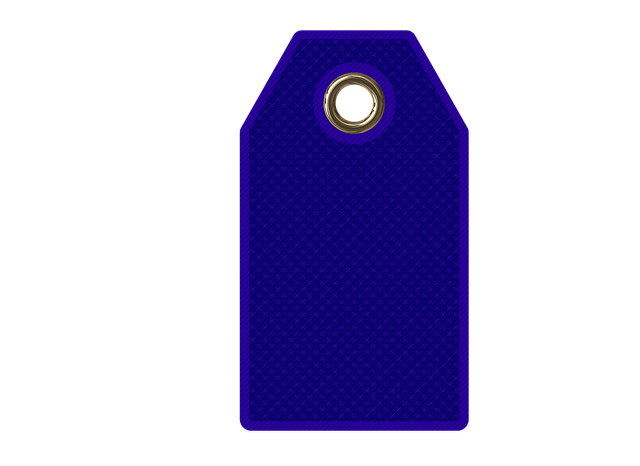Skin tags, harmless growths caused by excess tissue or friction, come in various types and can be removed professionally via cryotherapy or surgical excision for effective, safe results. At-home methods like duct tape or salicylic acid offer temporary relief but may not suit all skin tags. For complex cases or sensitive skin, Tag Removal London services provide advanced techniques with minimal downtime. Post-removal care includes cleaning, hygiene, and monitoring to prevent regrowth.
Are you tired of those tiny, harmless skin tags? You’re not alone. Many people seek ways to remove them themselves or with professional help. This guide covers everything you need to know about tag removal. We’ll explore the different types and causes of skin tags, DIY methods, expert services available in London, and aftercare tips. By the end, you’ll be equipped to make an informed decision, whether you choose to remove tags at home or visit a specialist for Tag Removal London.
- Understanding Skin Tags: Causes and Types
- DIY Skin Tag Removal Methods
- Professional Tag Removal in London
- Prevention and Care After Tag Removal
Understanding Skin Tags: Causes and Types
Skin tags, also known as acrochordons, are small, soft skin growths that typically appear on the neck, armpits, and groin area. They are usually harmless and often hereditary, developing due to excess skin tissue or friction in these regions. While they may not cause any medical issues, some individuals prefer to remove them for cosmetic reasons.
There are various types of skin tags, with the most common being acral tags, which can occur anywhere on the body but are particularly prevalent in areas with high skin flexibility and friction. Other types include anus tags, often found around the anus, and facial tags, which might be a concern for those seeking Tag Removal London services. Understanding these causes and types is essential when considering at-home remedies or professional treatments like cryotherapy or surgical excision.
DIY Skin Tag Removal Methods
While many people opt for professional tag removal London services, there are several DIY methods that can be effective at home. One common approach involves using duct tape. This simple method requires applying a small piece of duct tape over the skin tag and leaving it on for several days, which eventually causes the skin tag to fall off. Another popular option is salicylic acid, an over-the-counter ingredient known for its exfoliating properties. Applying a concentrated solution of salicylic acid directly to the skin tag can help slough off the top layer of skin, leading to its removal.
It’s important to note that these DIY methods may not be suitable for everyone or every type of skin tag. More complex or large skin tags might require professional attention to avoid infection or scarring. Before trying any at-home method, consulting with a dermatologist is always recommended to ensure safety and effectiveness.
Professional Tag Removal in London
Professional Tag Removal in London offers a convenient and effective solution for those seeking to eliminate skin tags. Skilled professionals use advanced techniques such as cryotherapy (freezing) or surgical excision, ensuring precise and safe removal. These methods are particularly beneficial for individuals with numerous skin tags or sensitive skin, providing a comfortable and sterile environment to address these cosmetic concerns.
With Tag Removal London services, you can bid farewell to unsightly skin tags without the hassle of multiple at-home attempts. The professionals’ expertise guarantees minimal downtime and potential risks, making it an appealing option for busy individuals who value convenience and effectiveness.
Prevention and Care After Tag Removal
After successful tag removal, whether at home or through a professional service like Tag Removal London, proper care is essential to prevent reoccurrence and ensure your skin remains healthy. Keeping the area clean and dry is crucial; wash gently with mild soap and water, avoiding harsh scrubs that could irritate the skin. Apply a thin layer of over-the-counter antibiotic ointment or a natural oil like tea tree oil to promote healing and reduce scarring.
To further prevent skin tags from forming, maintain good hygiene practices by keeping your skin clean and dry, especially in areas prone to skin tag development such as the neck, armpits, and groin. Additionally, avoid harsh friction or constant irritation from tight clothing, as these can contribute to the growth of new tags. Regularly checking your skin for any changes or new tags can also help catch potential issues early on.
While there are DIY methods for removing skin tags at home, professional tag removal in London offers a more effective and safe approach. Understanding the causes and types of skin tags can help you make an informed decision. If you choose to proceed with a removal procedure, ensuring proper care post-removal is crucial. For those in London considering Tag Removal London, seeking expert advice from certified professionals guarantees optimal results and minimizes the risk of complications.
